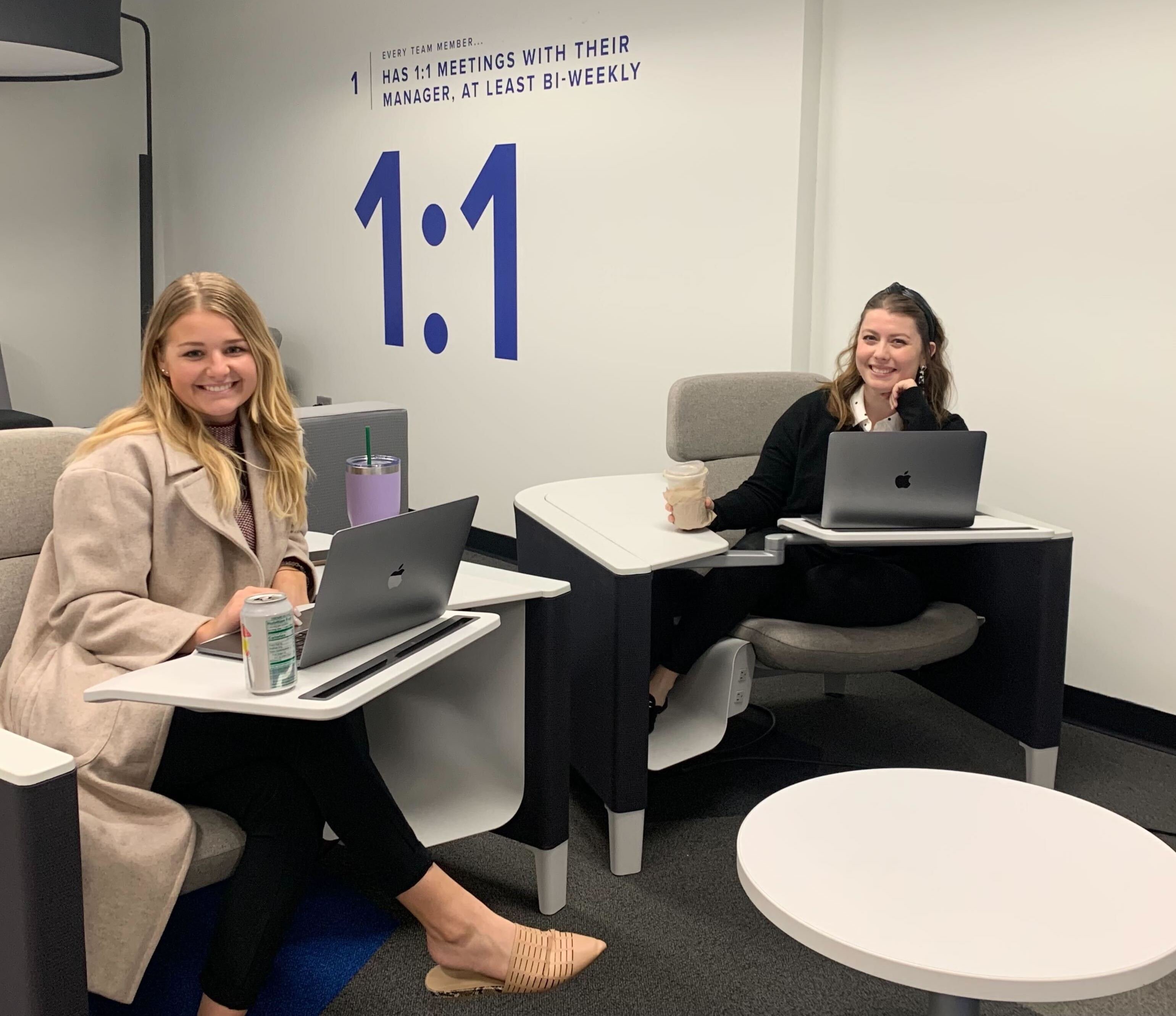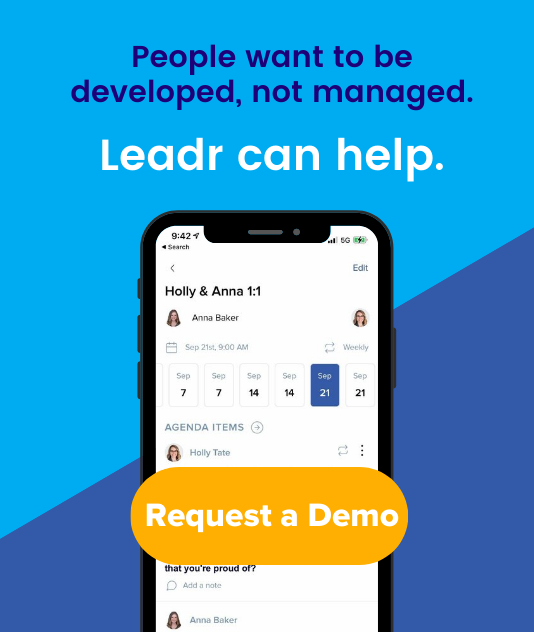[2 Min Read] 5 Steps to Leading Great Meetings
We understand no one wants another boring, useless, unproductive meeting. The average leader is already spending 12-14 hours a week, if not more, in meetings that often fail to push the needle. To help drive the efficiency and productivity of this time, we’ve put together a few best practices on how to have great meetings:
1. Make a game plan.
The best meetings start with a leader that understands the importance of relational connection. If your team feels a sense of community, the rest of the meeting will be exponentially productive. Secondly, having a clear agenda with the items you plan to accomplish by the end of the meeting will keep everyone on the same page. Lastly, you can create buy-in from your team by giving them a chance to contribute to the agenda. Ask your team what's pressing for them at least a day ahead, before you complete the agenda. This not only encourages team members to start mentally preparing, it also gives you advance notice of what issues might be percolating amongst the team. Just remember that everyone has different and often competing priorities. As the meeting leader or facilitator, you get to rank those priorities for the team at large.
2. Make action items and due dates clear.
End the meeting with a “who will do what by when” list and distribute this immediately following the meeting. Use this printed list to start your next meeting. By the end of the meeting, you should have a written list of next steps. Each action item should have a single owner and a concrete timeline. When you take this approach to documenting work and responsibilities, you’ll ensure that tasks won’t fall through the cracks and your next meeting will be that much more productive. Another method used is the Directly Responsible Individual (DRI) concept originated at Apple. When it's unclear who's in charge of a topic, responsibility, action item, or project, everyone trusts that the DRI is driving.
3. Don’t interrupt and don’t allow team members to interrupt each other.
When you sense someone isn’t listening but only waiting to talk, address it. “Let me jump in,” is a standard interruption. Does this happen in your meetings? We’ve all dealt with those people who continuously chime in with their two cents, with very little regard for the fact that you were just in the middle of a sentence. It’s frustrating, and ultimately counterproductive. The first thing to understand in dealing with someone who repeatedly interrupts you or others is that it's probably not personal. A chronic interrupter is often someone who is super-smart and whose brain is working much faster than the other people in the room. They want to keep everything moving at a faster clip, so often they will interrupt to make that happen. You can be polite and hold your ground. It’s all about your tone and body language. Accompanied by a smile, “I’m glad you’re dying to chime in, but I’m not quite done yet” can work wonders.
4. State the objective of the meeting or topic clearly.
Are you generating ideas? Trying to reach a decision? Making plans? Reporting status updates? A bit of each? No matter what the underlying goal of your meeting is, make sure it's clearly stated up front to your team. It's not easy to facilitate a productive conversation when half the room thinks they're brainstorming and the other half is trying to make decisions. The brainstormers will feel frustrated and shut down by the judgmental comments, and the decision makers will become impatient with the seemingly irrelevant ideas that are distracting from forward progress. As you go through items, be sure to gather information and perspective from your team and identify next steps and owners (or DRI) for each resulting action item. Giving your team the power to make decisions can be tough at first (but what if they don’t make the decision I’d make?) but will ultimately help move projects forward and, as a result, empower them to do great work.
5. Be flexible.
A great option is to plan for a structured portion of the meeting and a more flexible portion toward the end. Depending on the meeting type, be willing for half or more of the allotted time to be open-ended. It’s often more powerful to follow the energy of the people in the room than rigidly adhere to an agenda just because it's been typed and distributed. The flexibility to double down on discussing ideas or shifting gears to follow where the enthusiasm is heading can produce incredible results.
Why do meetings have such a bad rap? Because too many of them are poorly organized, overly long, and rudderless-drifting this way and that according to the moods of the dominant personalities in the room. But you can end early whenever possible so your team will trust their time will always be used wisely. Use these best practices to lead great meetings today!
Until next time, lead on.
The Leadr Team
Share this
You May Also Like
These Related Stories

Making Meetings Work For You: How To Run Effective Meetings

3 Tips For How To Run An Effective 1:1 Meeting




No Comments Yet
Let us know what you think